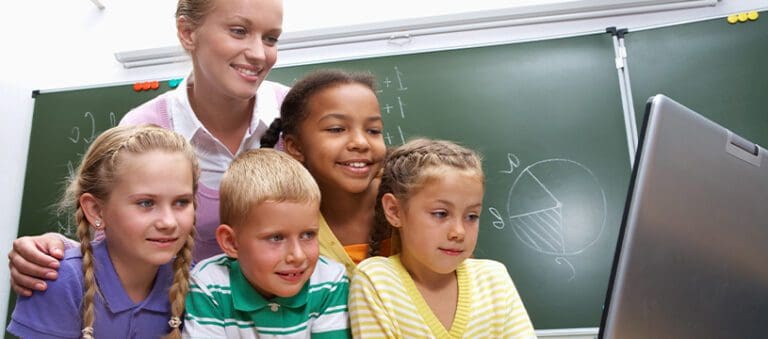As we look forward to putting the pandemic behind us and anticipate what will become our new normal in the coming months, there is much of what was normal before the pandemic to which we will want to return. We eagerly anticipate the familiar routines and traditions of pre-pandemic times.
There will also be things that we will want to leave behind. Feelings of bewilderment and uncertainty and challenges for which we were not prepared or equipped will become memories. We may have learned from these experiences, but we may not want to have them become constant companions in our new normal.
Equally important are elements and aspects of the pandemic experience that we need to become a part of our future normal. These elements sharpened and expanded our skills. They created connections and led to relationships that made our work better and more satisfying. In short, they made us better professionals. Let’s recognize and reflect on these elements and why they deserve a place in our new normal.
For many of us, the pandemic led us to become more frequent and effective collaborators. The isolation made us seek out and treasure connections, insights, and advice from colleagues in ways we had not experienced prior to the pandemic. We planned together, supported each other, and survived together. As we make the transition to what will be normal, we need to be certain that we maintain the connections we built and the collaboration we experienced.
The sudden and unexpected shifts and new expectations also presented us with the need for real-time and near real-time professional learning. We could not afford to wait for preplanned, dedicated professional development days. Learning often came in small increments. Our learning reflected where we needed to refocus and find success with students in new contexts, using new tools. We learned the value of professional learning under pressure and in the face of extreme urgency. As we make the transition, we need to be certain to take with us what we learned about our own learning and make it a part of our new normal.
We faced the challenge of managing student behavior without many of the tools and levers to which we were accustomed. We learned strategies and approaches for motivating and engaging students without threats and coercion. We found ways to tap student interests, build their commitment, and focus their attention without demanding minute-by-minute compliance. We now have access to a wider array of options to tap intrinsic motivation we can take with us as we make the transition our new normal.
The pandemic also led us to build stronger partnerships with parents and families. We learned more about our students and their lives than what we historically assumed to be practical. Parents came to appreciate the work we do and the commitment we have to their children and their learning. At times, we worked with parents alongside each other as we made our way through unfamiliar territory that asked the best of all of us. Maintaining strong relationships and working partnerships with parents can serve us well as we make the transition ahead of us.
The pandemic also taught us to engage students and nurture learning that matched the readiness of our students. The assumptions and expectations embedded in the curriculum and pacing guide often did not match what students were ready to learn. If we hoped to nurture learning we had to respond to students first and standardized expectations later. Of course, this dilemma was also present in pre-pandemic times. It will be there when we return. The lesson to take with us in the months ahead is that what students are ready to learn must be a driving force in our planning and instructional decisions.
Of course, we learned much about technology, its potential, and how to leverage it to generate learning. The tools we discovered, the strategies we learned, and the potential we tapped helped us to survive and thrive throughout the pandemic. Now we can use our experience and technology-related skills to create flexibility and integrate it with instruction in ways we may never have imagined before the pandemic. Technology promises to be a key element as we build our new normal.
There will be pressure in the coming months to return to the normal that existed prior to the pandemic. However, we need to be thoughtful and disciplined about what we will bring with us. Our challenge is to build a new normal worthy of what we have learned and reflective of how we have grown.



